"Manufacture Antonibon From The 18th Century, Dish"
Antonibon factory, 18th centuryCeramic dish,
diameter 40 cm
The dish in question is a representative example of the production of the Antonibon family kiln from Nove di Bassano (Bassano del Grappa). The historical origins of ceramics from Nove date back to the 18th century, and more precisely to the middle of it, when the bodies entrusted by the Republic of La Serenissima with economic management encouraged and promoted the birth of factories in the sector to counter the importation of ceramics from other centres, such as Lodi, Faenza and Genoa. Thus was born the first manufacture specializing in ceramics belonging to the Manardi family of Bassano del Grappa. Bassano became an important production center for two centuries thanks to the various factories in the region such as the Viero, great ceramists of the 19th century, but also the Cecchetto, the Marcon, and the Agostinelli, the Minghetti all from Nove. The work carried out by the Antonibon family of ceramists, active between the end of the 17th century and the second half of the 19th century, is of fundamental importance. The founder was probably Pasquale who in 1670 founded the first pottery factory in Nove di Bassano. Over time, they specialized in the production of common type tableware until in 1728, Gian Battista Antonibon obtained from the Serenissima the "privilege" for the manufacture of earthenware. After obtaining the definitive recognition of the factory, he managed to open a workshop in Venice and obtain other concessions in Nove, becoming the most important ceramic factory in the Republic of Veneto. The production of blue earthenware, which looks at the Dutch manufactories of Delft, and the so-called "lantesians" or flamboyant white-bluish ceramics decorated with polychrome flowers are particularly appreciated during this period. It is with Pasquale, son of Gian Battista that the factory is brought to the maximum of its splendor with a refined production which had grade fortuna commercial. Luck that also lasts for the entire 19th century thanks to the splendid vases in neo-Rococo style decorated with floral motifs rendered with extreme vivacity with the addition of plastics with all-round putti, phytomorphic elements and rocaille in relief. The successes obtained by the Antonibon company continued at the Regional Exhibition of 1871 in Vicenza, at the International Exhibition of Vienna in 1873 where it will be the only Venetian company to participate. In 1907, the factory passed into the ownership of the Barettoni family, which still continues the tradition today with great mastery and originality. This dish, undoubtedly coming from the factory of the Antonibon family, was made between 1728 and 1738, years in which Gian Battista preferred a decoration that looked at the Dutch tradition with a blue decorative motif, re-elaborated by some ornate frescoes. This large round dish with a smooth edge presents a floral decoration with in the center two daisies accompanied by a tangle, more or less dense, of flowers, stems, leaves which make up a circle structure. The edge also houses a decoration made up of floral elements of all kinds. The color used ranges from the range of delicate blues to more intense shades of cobalt creating a decoration of remarkable elegance and simplicity.


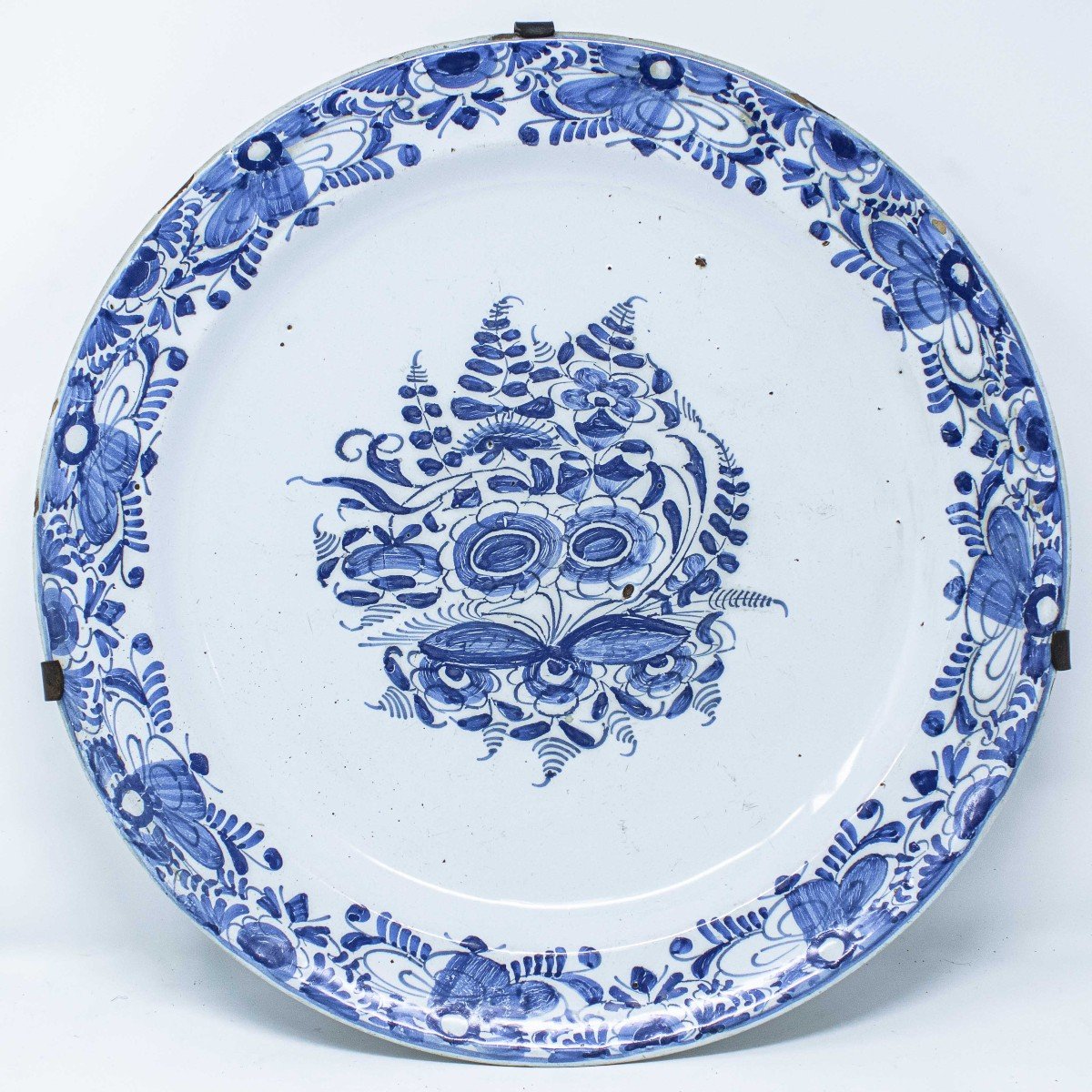
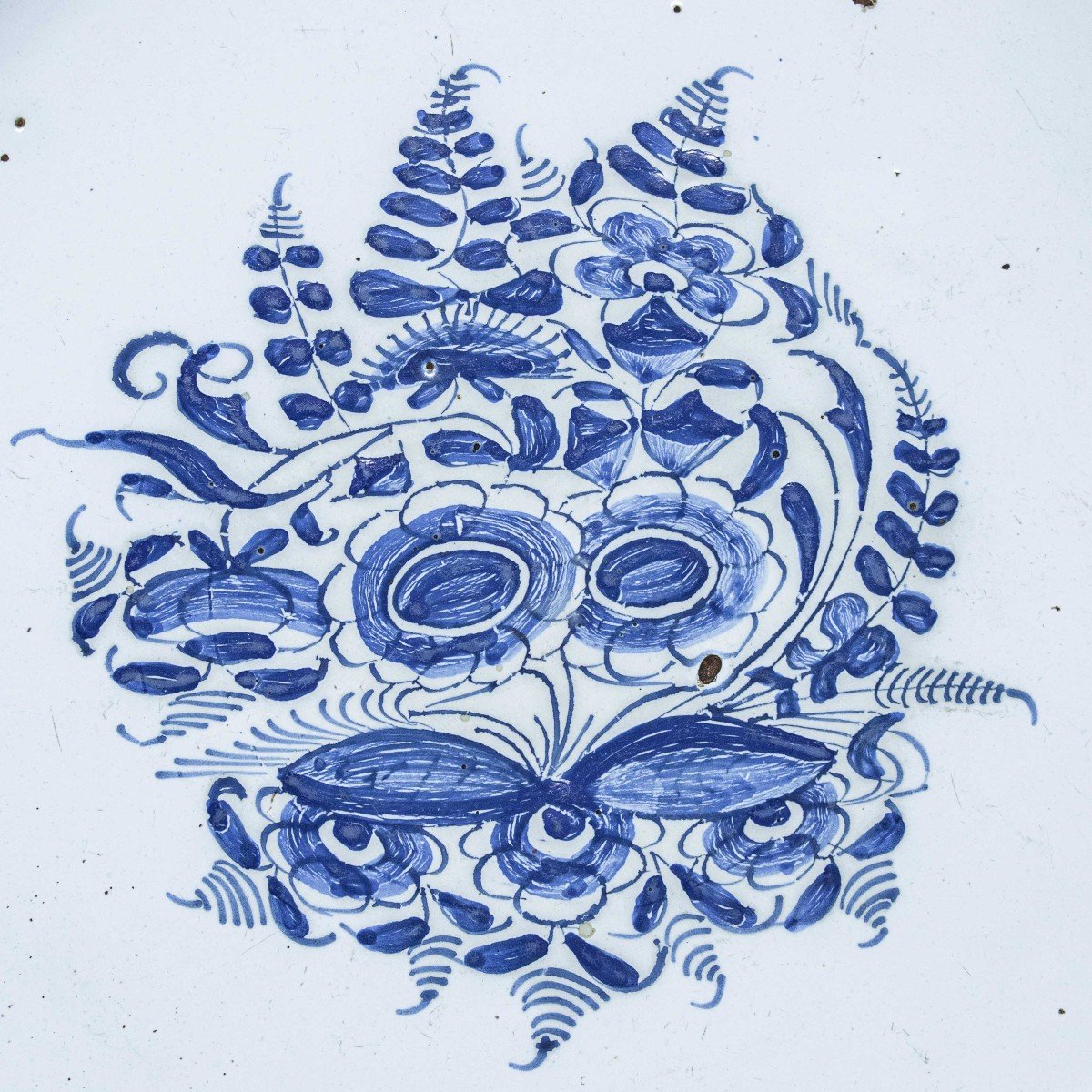
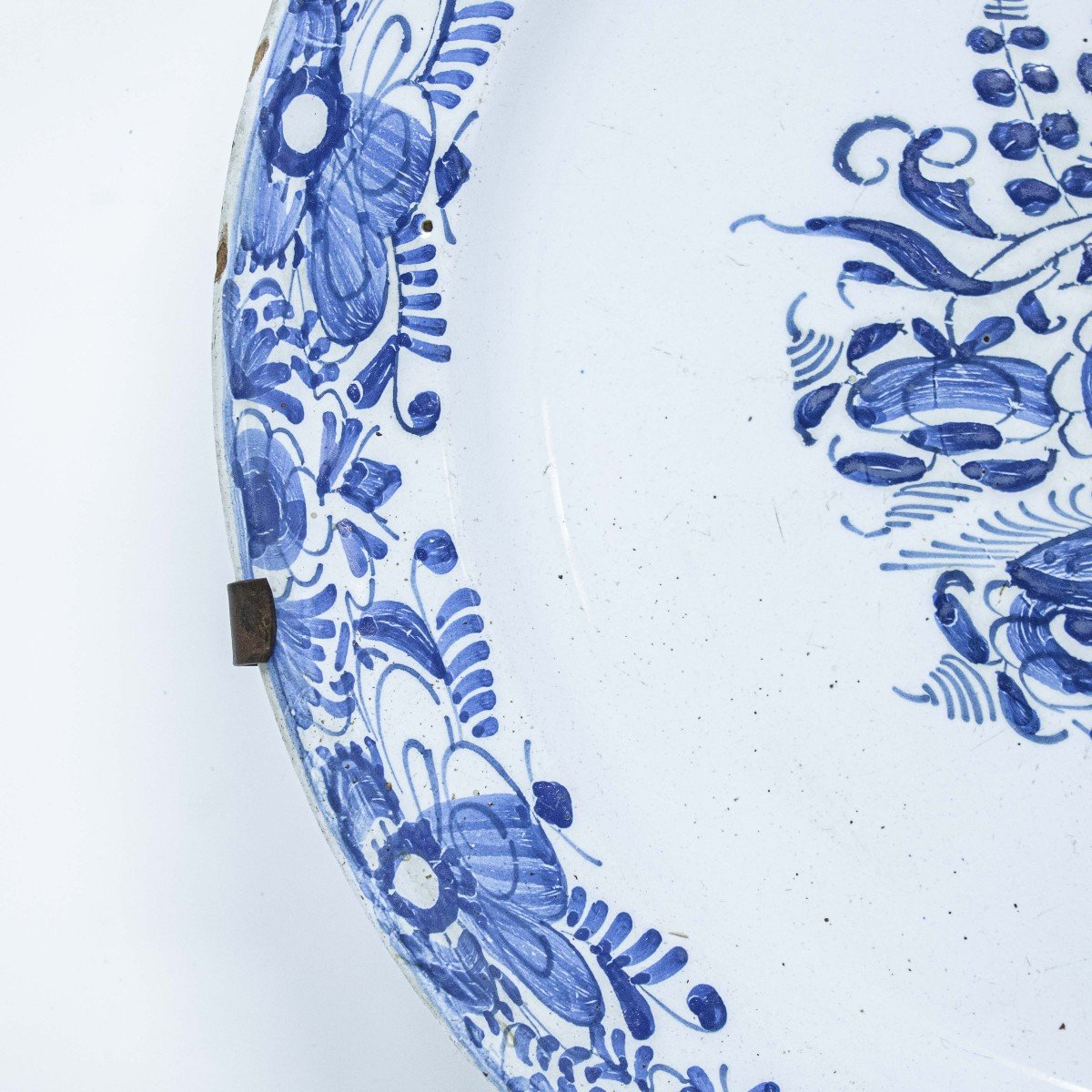







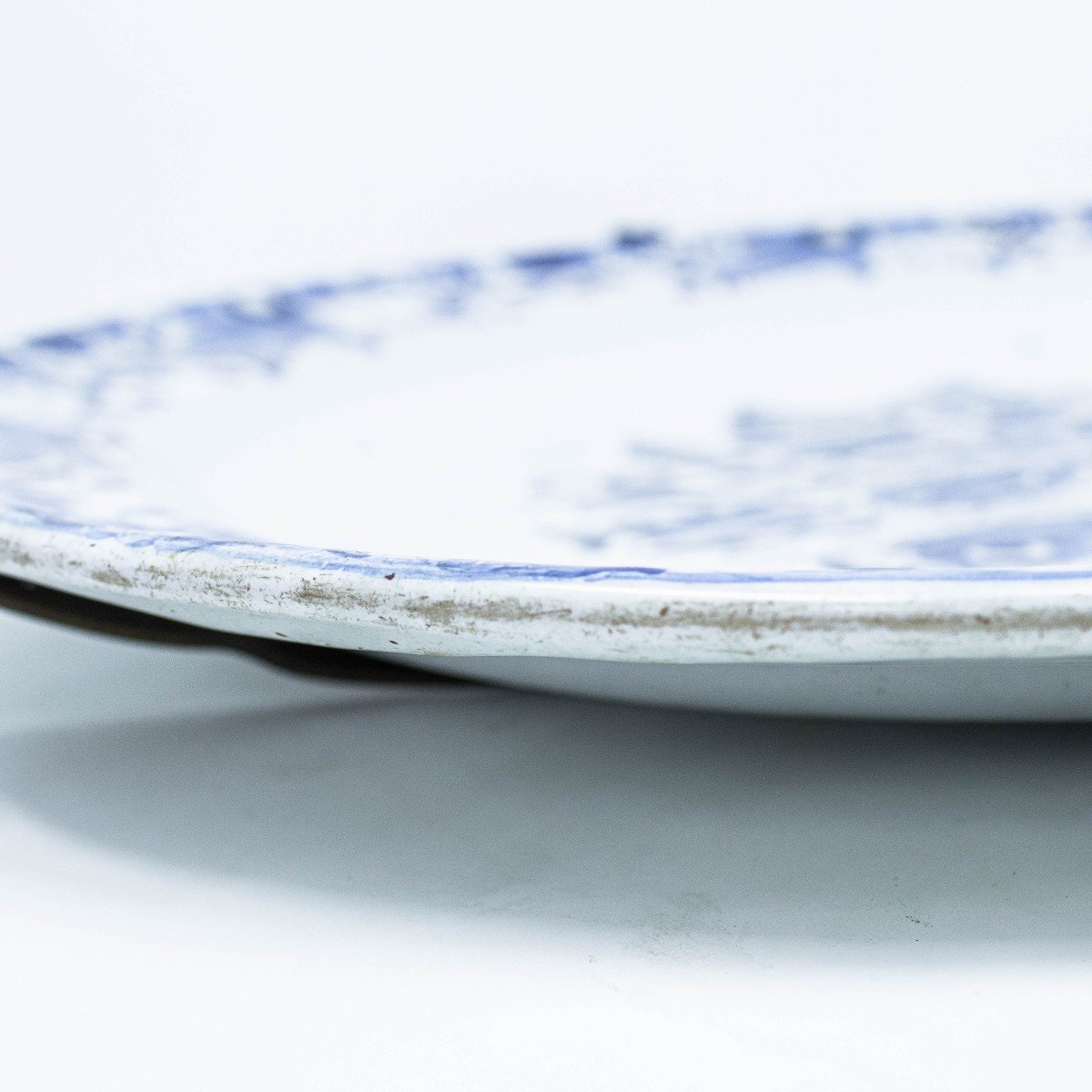





















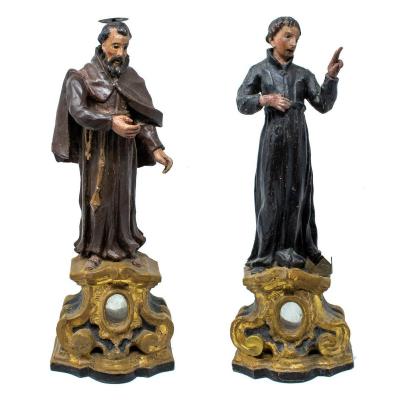
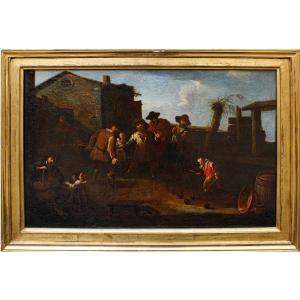

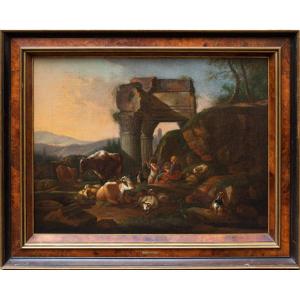



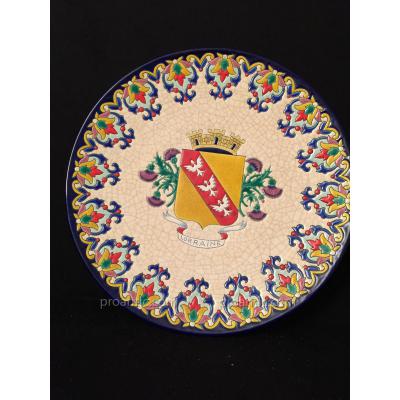


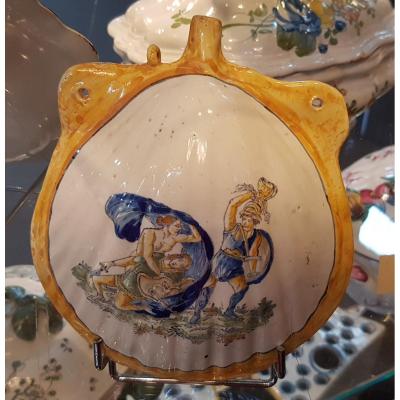




 Le Magazine
Le Magazine Rivista Artiquariato
Rivista Artiquariato TRÉSORS magazine
TRÉSORS magazine